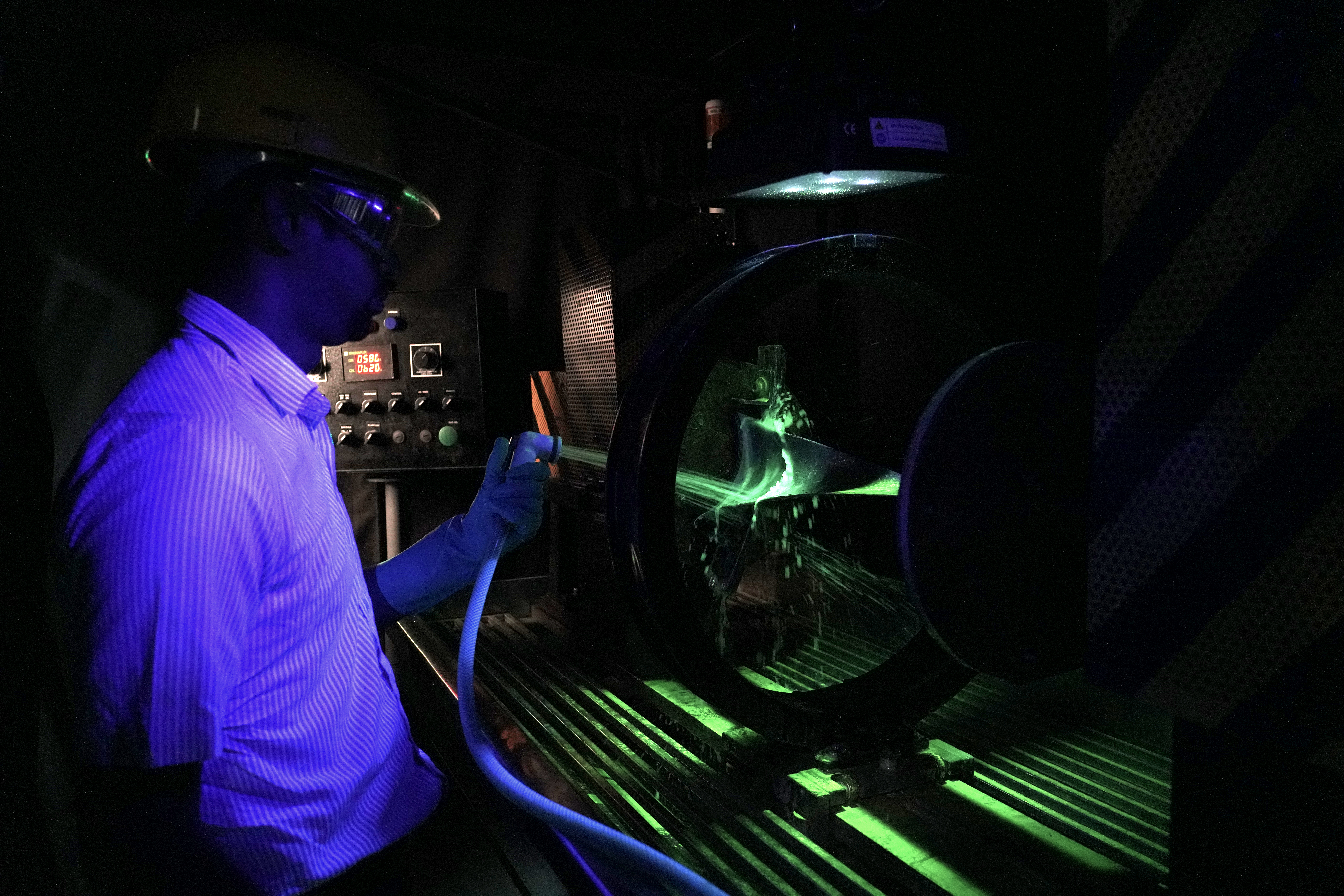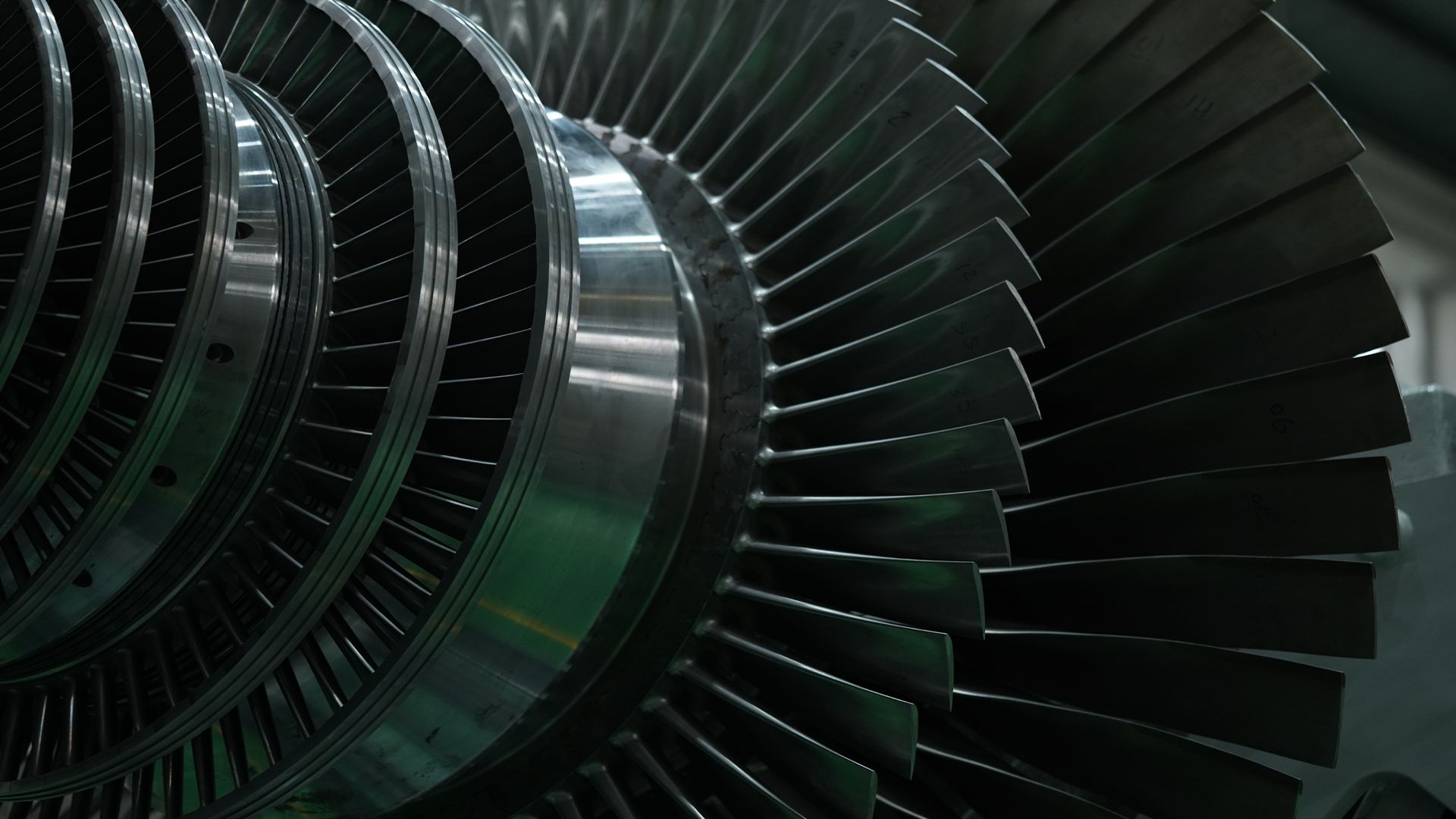
3 Types and Applications of Steam Turbine Blades
Steam turbines play a vital role in industries such as power generation and manufacturing. Among the critical steam turbine parts, blades are instrumental in optimizing performance, ensuring durability, and meeting the unique demands of diverse operational conditions.
This blog explores various types of steam turbine blades, their applications, and how they address real-world challenges with sustainable, cost-effective, and high-efficiency solutions.
Understanding Steam Turbine Blades: Key Types and Materials
Turbine blades are engineered to convert steam energy into mechanical energy, driving the rotor for efficient power generation. Based on their design and function, these steam turbine parts are broadly categorized into:
Impulse Blades
Impulse blades use the kinetic energy of high-velocity steam jets to drive the steam turbine. These components of steam turbines have a fixed design that directs steam without altering its pressure significantly.
- Applications: Ideal for high-pressure stages, impulse blades are commonly used in utility power plants and independent power producers (IPPs), where precision and reliability are critical.
- Advantages: They offer high thermal resistance and durability, reducing downtime for industries reliant on continuous power.
Reaction Blades
These blades operate on the principle of pressure drop across the blade row. The design of these components of steam turbines ensures both pressure and velocity transformations, maximizing energy optimization.
- Applications: Suited for low-pressure stages, reaction blades are crucial in geothermal power plants and oil & gas facilities requiring efficient heat utilization.
- Advantages: Enhanced aerodynamic efficiency ensures sustainable power solutions with a lower carbon footprint.
Shrouded and Unshrouded Blades
Shrouded blades have a casing to reduce vibration, while unshrouded blades are lightweight and designed for high-speed applications.
- Applications: Found in high-efficiency steam turbines across industrial captive power plants and manufacturing units.
- Advantages: Tailored to specific operational demands, these designs enhance steam turbine performance and longevity.
Applications Across Industries
The operational requirements of various industries drive the selection of steam turbine blades. Here’s how the design and materials of steam turbine blades are tailored to specific needs:
- Utility Power Plants
Utility power plants require reliable and cost-effective solutions to meet the constant demand for electricity. High-efficiency steam turbines equipped with a combination of impulse and reaction blades are integral to achieving economical and uninterrupted power generation.
- Geothermal Power Plants
In geothermal power plants, turbines often encounter steam with high moisture content. This can lead to blade erosion and reduced efficiency over time. Reaction blades are particularly well-suited for such applications due to their ability to handle the combined effects of pressure and velocity changes efficiently.
These blades are engineered to operate effectively in high-moisture environments, minimizing energy losses and ensuring consistent performance. Their design not only enhances energy extraction but also reduces wear and tear, prolonging the steam turbine’s operational lifespan.
- Industrial Captive Power Plants
For industries that rely on in-house power generation, such as manufacturing plants or refineries, custom-designed steam turbine blades are essential to meet specific operational needs. These blades are tailored to accommodate varying load patterns, ensuring optimal performance under fluctuating demand conditions.
Triveni Turbines excels in delivering steam turbines with advanced blades that address the diverse needs of industries like power generation, oil & gas, and geothermal energy. To learn more about how we can provide customized steam turbine solutions for your specific needs, request a demo or contact our experts today.
